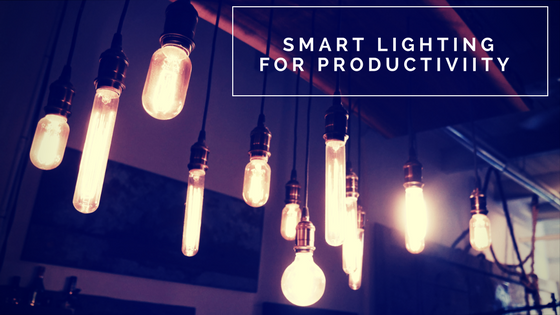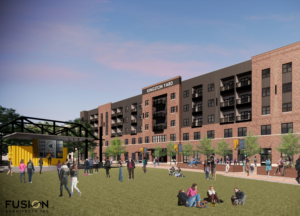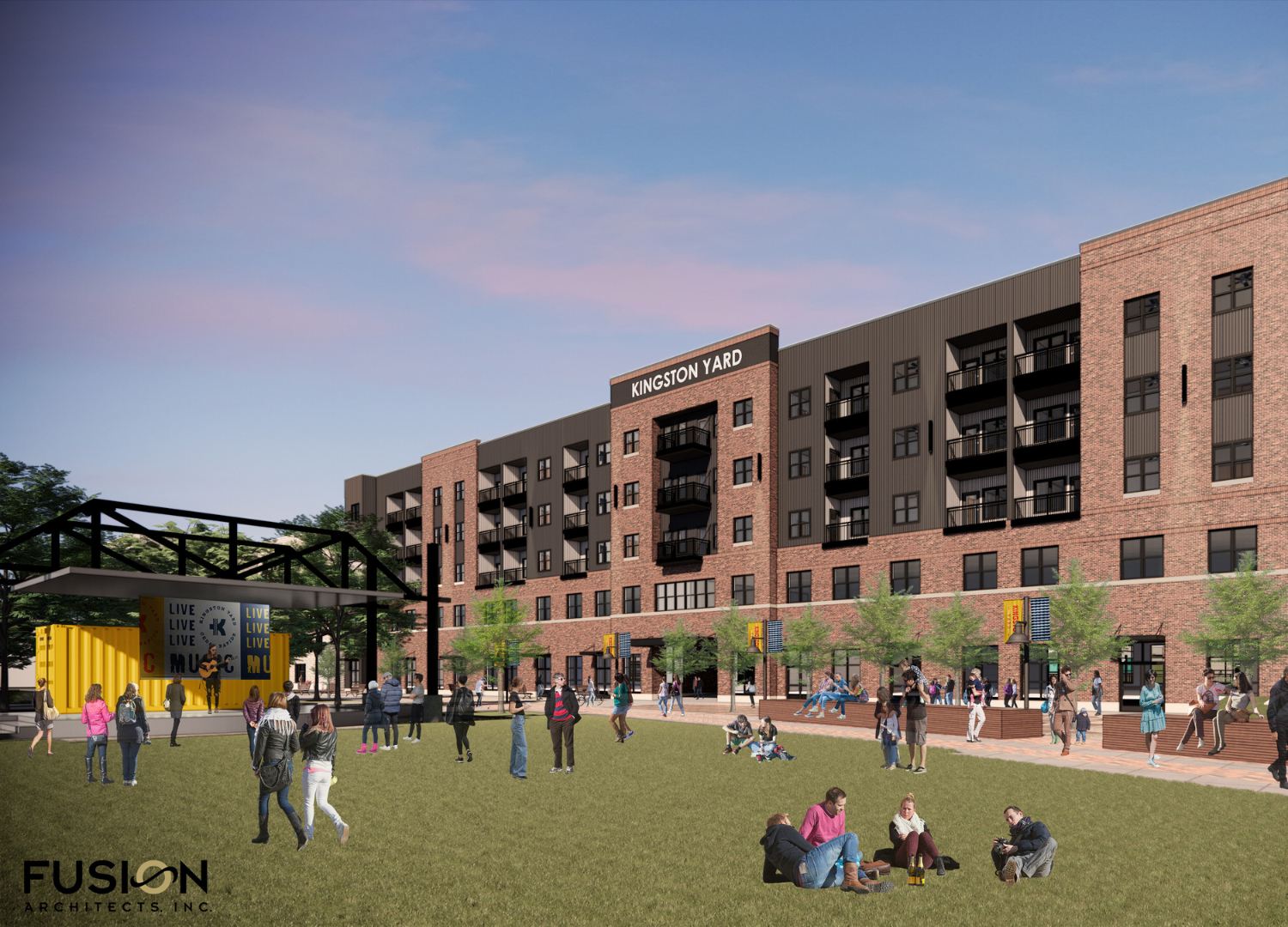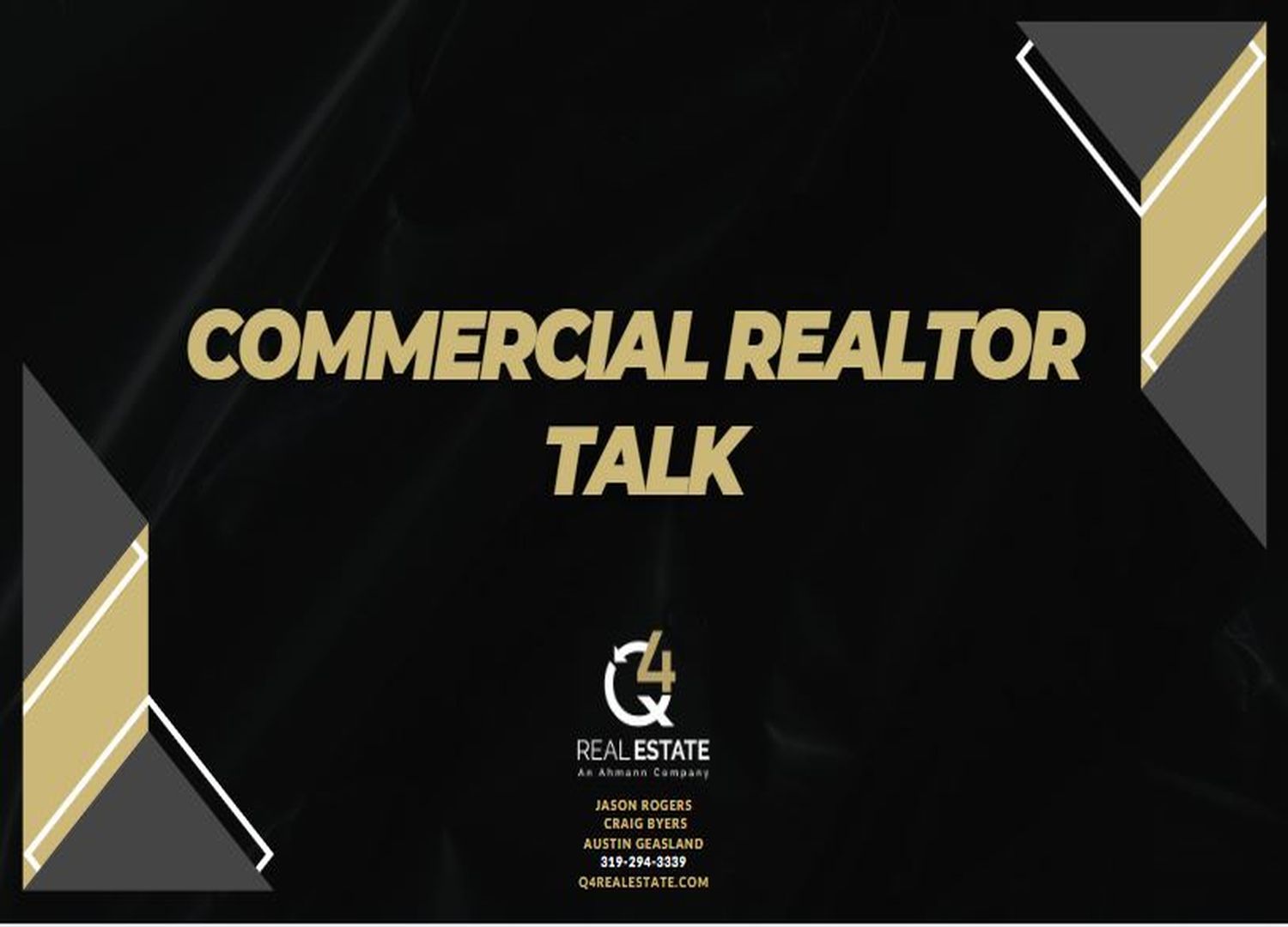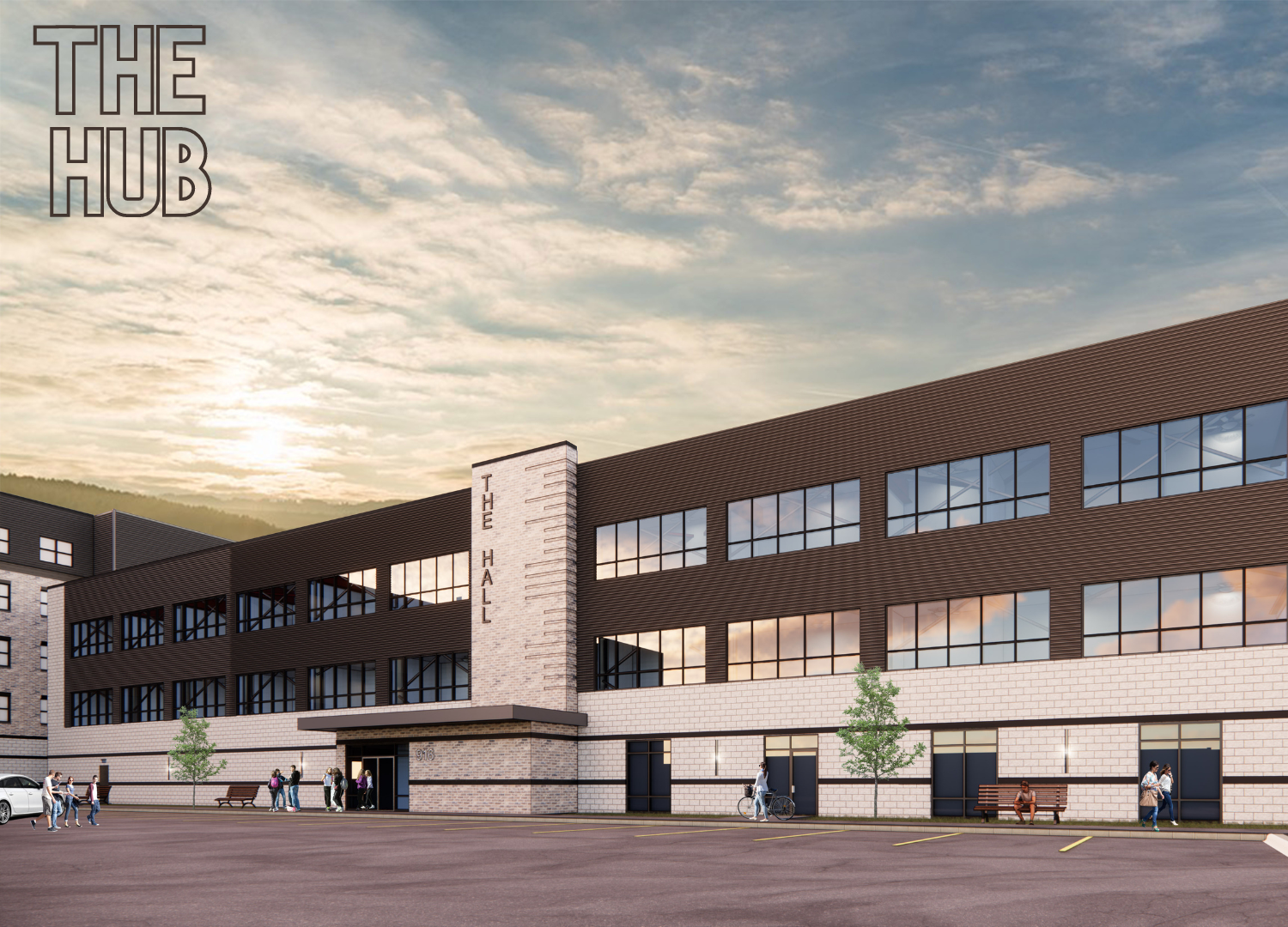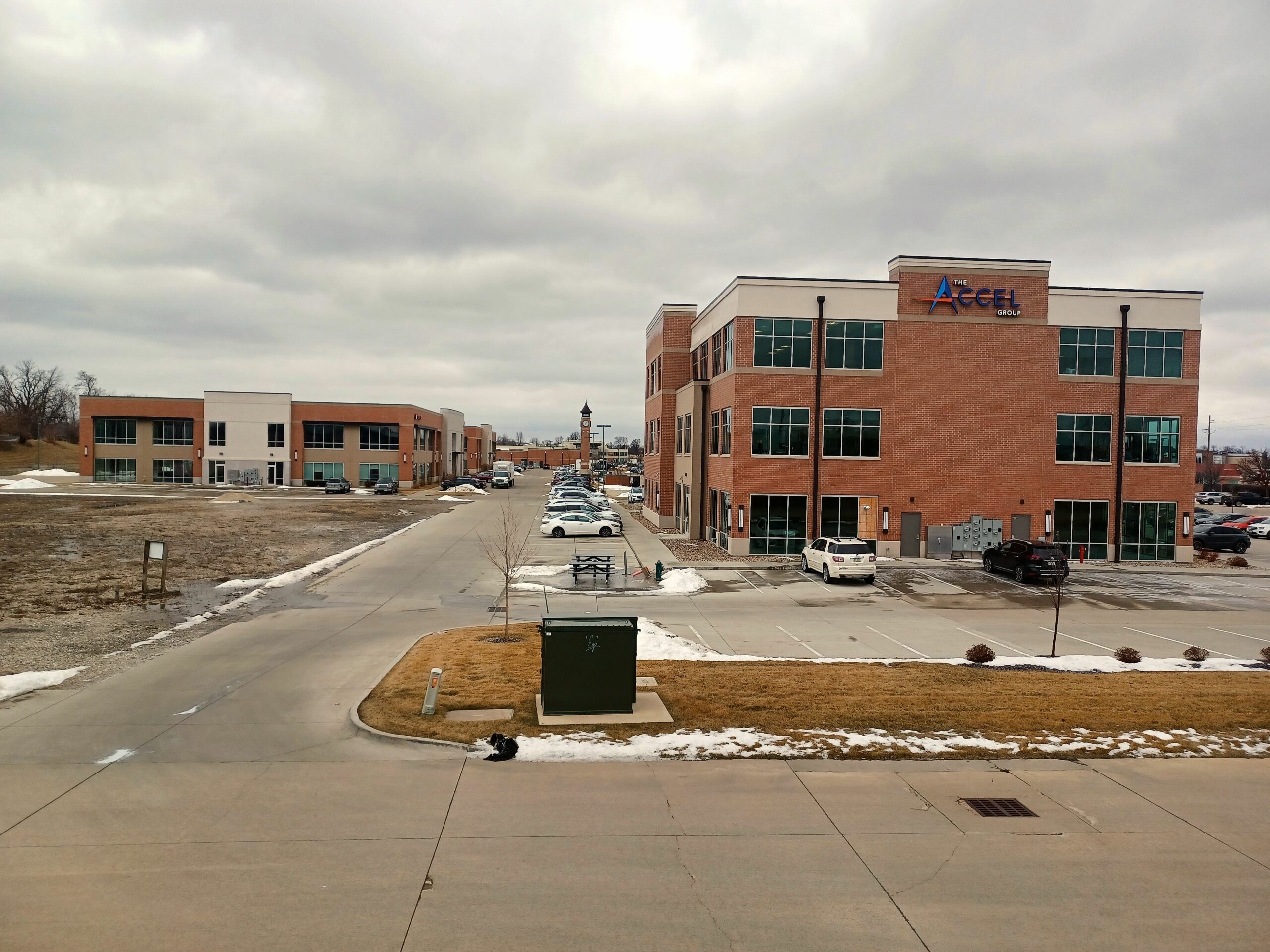Promote Productivity with Smart Lighting Strategies
When it comes to being productive in the office, the right light can make all the difference. Glare, poor contrast, and unsatisfactory light distribution can quickly throw a wrench into workflow by distracting employees with fatigue, headaches, and eye strain.
Solve the Over lighting Problem
Most offices are overlit intentionally. Designers specify more light than is needed to account for lumen depreciation (the gradual fading of lighting toward the end of its lifetime), and as a result, the lighting in most areas is too bright for much of its life. Fortunately, this is often an easy fix. If the culprits are fluorescent fixtures with too many tube lamps, simply remove some of the lamps and reap the dual benefits of lower energy consumption and right-sized lighting. The extra lamps can be saved and used as replacements when the remaining ones are ready for replacement.
A recent renovation can amplify (or even create) these issues. Most building owners don’t revamp the lighting system when floors are reconfigured or remodeling projects are finished, and the original lighting design may no longer fit the new layout. This can create light and dark spots where the space is overlit in some places and underlit in others.
Simple Light Solutions
A lighting control retrofit and lamps with dimming capabilities can go a long way toward solving overlighting issues, especially in cases where simply delamping isn’t an option. In fact, lighting designers often recommend dimming lighting to an undetectable level – say, 70% of the total possible output – from the start and simply increasing the output gradually as the lamps lose brightness.
Portable desk lighting on demand is an easy, affordable remedy for underlit areas and a good way to satisfy people who need brighter light without overlighting the whole office. Depending on the nature of work, you may opt for linear undercabinet lighting or a simple plug-in desk lamp with a flexible arm that allows the user to direct extra light wherever they need it. This will buy time until more permanent lighting solutions are identified.
Don’t Forget Daylight
The benefits of access to natural light at work are well-known, but not every office has a large expanse of windows to bring light into the building’s core – and even those that do may have to block some of the light out with shading systems to cut down on glare. However, there are a few easy, affordable solutions that can carry the benefits of daylight into the darkest basement office.
- Vitamin D desk lights: Also known as sunlight lamps, these high-intensity fluorescent lamps emit UVB light, which triggers vitamin D production in the skin. Regular fluorescent lamps can’t accomplish this because their output is not at a high enough intensity. However, note that vitamin D lamps typically come with a timer that limits exposure to 5-minute chunks to avoid burning or tanning the user, so this type of lamp may be more of a wellness amenity than a desk illumination solution.
- Daylight desk lamps: Not to be confused with sunlight lamps, daylight lamps simply mimic the color temperature of natural light. Occupants who need extra light may prefer comfortable daylight-like options over harsh fluorescent light.
- Circadian-sensitive lighting: The body’s internal clock regulates itself by light and dark. Bright, blue-rich light in the morning signals the body to wake up and be alert, and warmer low-level light prompts calm at night in preparation for rest. However, environments that rely on artificial lighting throughout the day aren’t usually set up to mirror this, and the blue light emitted by phones and computer monitors can throw off the delicate balance, throwing off sleep schedules and negatively impacting employees’ well-being. Consider tunable white light that can change color temperatures throughout the day; this process can even be automated by linking the lighting system to an astronomical time clock.
Better employee comfort may seem like a side perk, but it’s tough to focus on work when you’re uncomfortable. Office work is visually demanding, and careful attention to putting the right kind of light in the right spaces can make a big impact on workers’ ability to meet deadlines and do their best work. Solve the comfort issue and productivity will follow.
Please contact Craig Byers at 319-360-7017 for your commercial real estate needs and questions.

